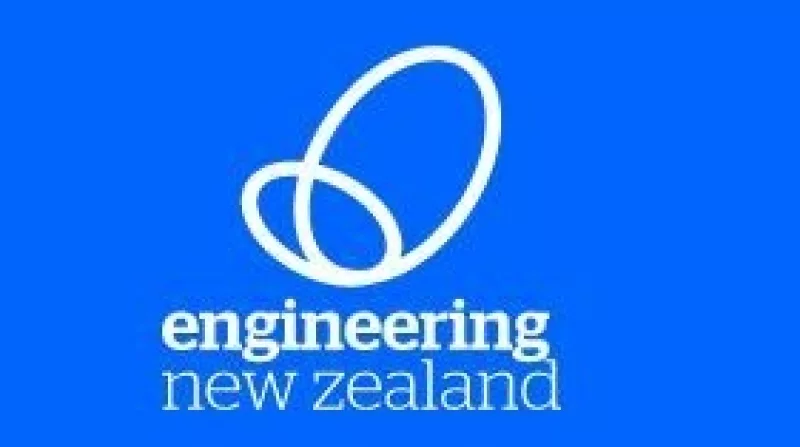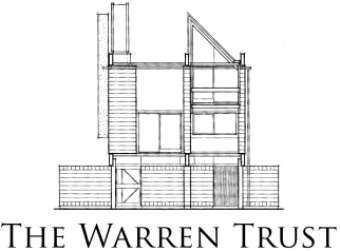Advisory Role in Development of Diversity Agenda 2018
26 Oct 2018
On Wednesday 11 April 2018, the NZIA, Engineering New Zealand and ACENZ collectively launched their Diversity [A]genda initiative.
The three organisations had been developing the aims, structure and implementation of the project throughout 2017, and in the early stages, A+W NZ was invited by NZIA President Christina van Bohemen and CEO Teena Hale Pennington to be involved in development meetings in an advisory capacity. Co-Chair Lynda Simmons was able to contribute in terms of A+W NZ philosophy and approach, research already carried out and survey results, and experience built up since 2011 'on the ground', so to speak.
A+W NZ and the NZIA are independant yet complimentary organisations, and we were honoured to be asked by the NZIA to sit in on the development meetings. It is important to note that the Diversity [A]genda project belongs to the two Institutes and ACENZ, and that it is NOT an A+W NZ project.
All quotes A+W NZ, Lynda Simmons;
Diversity and Profit:
‘Diversity in the top layer of business leaders equates to a stronger balance sheet. When it comes to social change, the most powerful numbers tend to be financial.’
‘The numbers that will make the architectural profession really take notice are those emerging from the business sector - flexible hours are possibly better for business.’
‘Client demand for wider diversity, and research showing greater profits to companies with a broader representation of people at senior levels, means that smart practices will look at removing barriers some staff face in their career development.’
Flexible hours:
‘Policy change around flexible and part-time work hours will update traditional structures in the architectural profession, to the benefit of all. By enabling males to access flexible and reduced hours without detriment to career progression, any unconscious bias which may exist now against women and their work will be lessened.’
‘The fact that women have, out of necessity, been rearranging the traditional career pathway to suit their own needs for decades can be helpful to all architects who are negotiating their own relationship with a life in architecture.’
Workplace Culture:
‘Conversations around architecture and gender tend to gravitate towards gender difference, despite evidence that design is not influenced by gender. Difference, however, is starkly obvious in terms of socialisation, and workplace culture has a significant effect on the practice of female architects.’
‘Results from universities over several decades show that there is no difference in talent or outcomes across gender. However, in the second decade post-graduation, career opportunities between males and females become very uneven.’
‘We strongly believe that change is made through great leadership, and New Zealand architectural practices can learn from each other to ensure policy is in place to keep their workplace fair, enjoyable and productive for all.’
Pay Equity;
‘New Zealanders have a history of fairness and equity, however a pay gap between genders persists. In architecture that discrepancy often plays out through people on flexible hours at a lower rate and less benefits.’
Diversity:
‘A healthy reassessment of industry ‘norms’ can provide positive role modelling for a diverse profession.’
‘It is hoped that discussions around gender, workplace culture and policy can have a broader effect on the visibility of many other diverse groups in the profession.’
The good news:
‘Considering that the history of western architecture is long and extensive, women have made a profound and positive impact on the practice of architecture in a comparatively short time.’
















